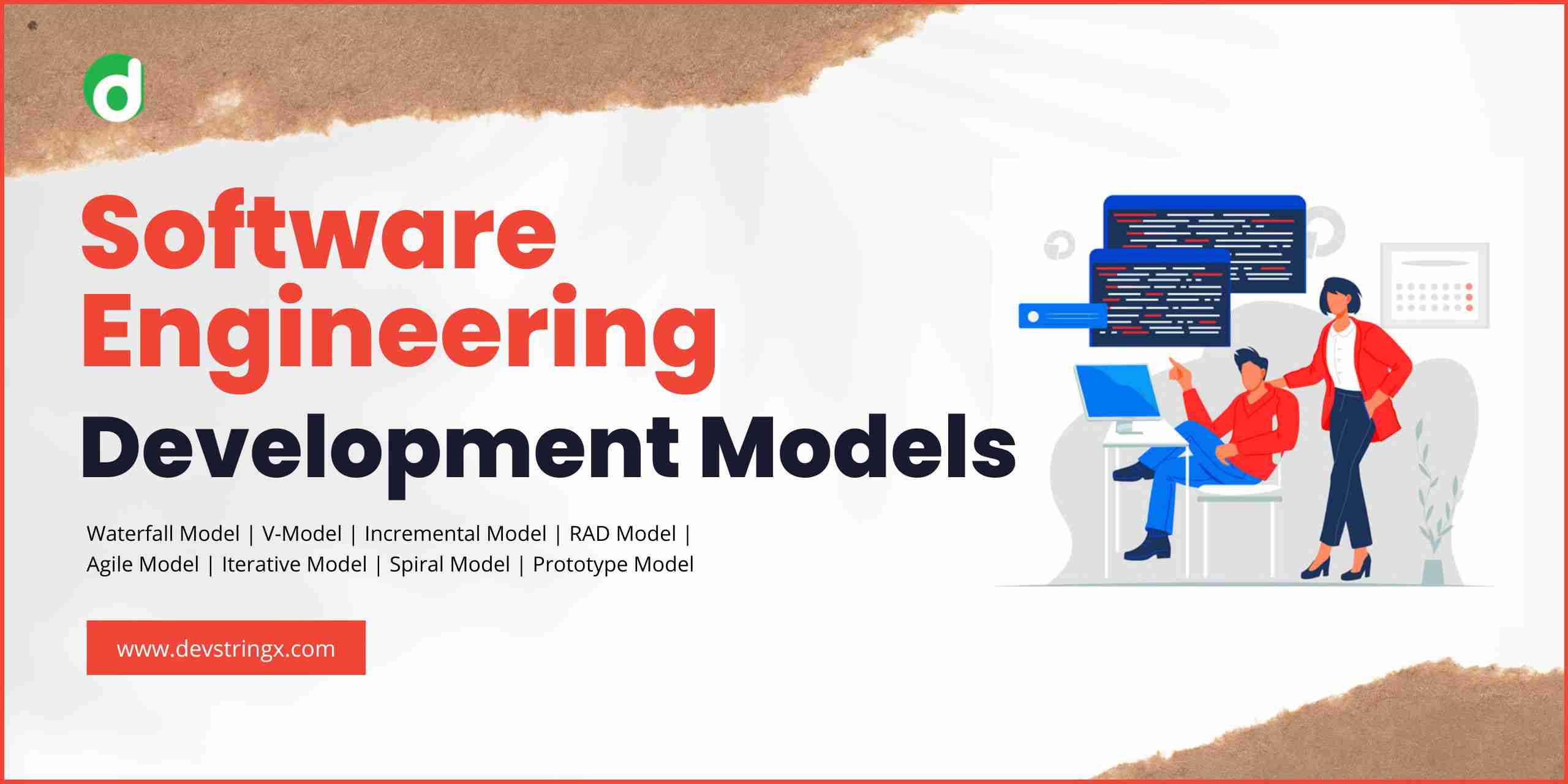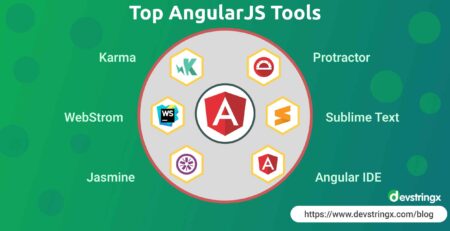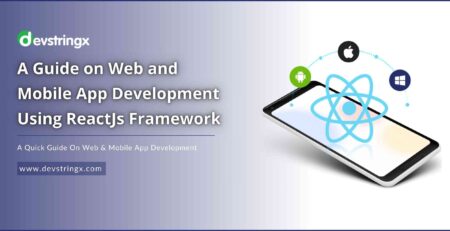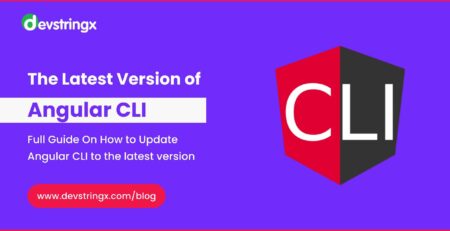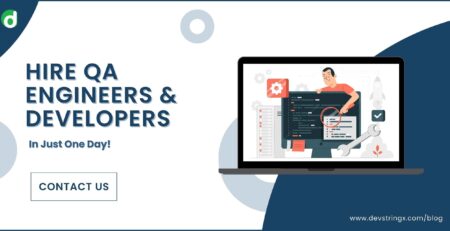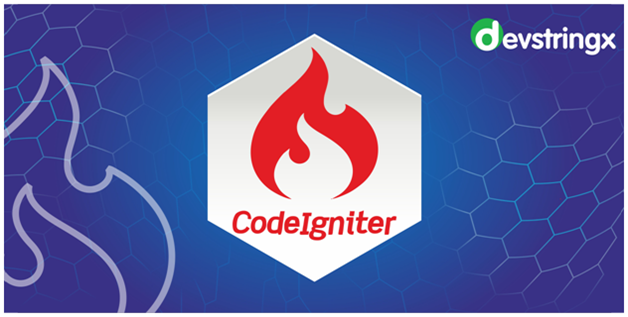08 Top Software Engineering Models and Methods – Devstringx
Top Software Engineering Models
Do you feel overwhelmed by the number of choices available when it comes to software engineering models and methods? With ever-evolving technology, new processes continue to develop that can make programming easier.
In this blog, we’ll discuss 08 top software engineering models and methods. This will help equip you with the knowledge necessary to choose which model or method best suits your needs. So join us as we explore how different software development models and techniques can significantly impact project success!
1) Waterfall Model
Software projects often need a steady progression of development, similar to that of a Waterfall. This model follows the traditional linear flow down through each phase – creating an organized and reliable implementation process for any given project’s requirements.
The Waterfall Model is best used for projects where there’s little to no room for alterations or adjustments down the line. This model ensures each phase of development is completed in turn, with any unforeseen changes unable to address until a later stage – making it ideal when looking towards creating an end-product that remains largely unchanged from its original design vision.
2) V-Model
The V-Model is a modernized version of the classic Waterfall Model, offering software developers products with higher degrees of quality assurance. This advanced approach to development adds an upward bend during testing phases that guarantee features and functions operate correctly before launching.
This project model design is such that every step downward signals a phase of testing in the subsequent upward sequence, ensuring high-quality software results starting from the known requirements and tools.
3) Incremental Model
Rather than suffering the limitation of a linear Waterfall Model, developers have adopted an Incremental Model with multiple mini-cycles. This approach allows for continual improvements and advancement throughout development, ensuring that no stone is left unturned before final completion.
This creative model allows software developers to use past learnings and experiences in order to develop their projects stage-by-stage, ensuring each section is built optimally.
4) RAD Model
The RAD Model designs to create applications quickly, streamlining the development process with an “incremental” approach. Instead of developing components one at a time, different aspects are tackled in parallel and then merged into fully-functional prototypes for testing. This allows for faster turnaround times and more agile output!
Recommended to Read- 05 Top Software Metrics to Manage Development Projects More Effectively
5) Agile Model
This innovative model enables users to quickly and continuously see their product come to life as it evolves. It designs with process adaptability in mind, allowing for rapid delivery of functioning components while capturing user feedback along the way.
Through a combination of both iterative development cycles and incremental builds, this method accelerates time-to-market without compromising on quality or engagement!
6) Iterative Model
The Iterative Model is a method of software development that progresses in small, manageable chunks. It starts with an overall vision and then breaks this down into achievable tasks until the full product is created – like building bricks to form a wall. As each piece takes shape, it undergoes review before being tested and implemented on its way toward becoming one solid foundation for success!
7) Spiral Model
The Spiral Model is an innovative approach to software development, which blends the benefits of the traditional Iterative and Waterfall models. A project passes through four key steps in successive ‘spirals’: Identification, Design, Construction/Building & Evaluation with Risk Analysis. These cycles bring together advantages from both top-down and bottom-up production for a smoother experience!
8) Prototype Model
By using the Prototype Model, software engineers are able to bridge the gap between user expectations and product development. Through tailored prototypes of applications or system software visualizing various components, users gain insight into how their desired outcome will look through ample collaboration and feedback opportunities.
Final Words
Software engineering models and methods are essential tools for ensuring successful product development. With a deep understanding of the different options available and their pros and cons. You can select the best approach to create an effective software system that meets user expectations while being cost-effective and efficient.
By using these various models and methods, engineers can create robust products with greater accuracy that stand up to changes in business needs. Ultimately, this leads to better solutions that deliver value to customers over time!
Regardless of which technique uses, the key to success is having a comprehensive knowledge of each method in order to make informed decisions on how best to move forward with any software project. In short, selecting the right model or method has the potential to make or break any software engineering project. With enough research and preparation, any software engineer can make the most of their chosen model or method and create successful products!
The content has been written to provide general information on software engineering models and methods. It should not interpret as providing professional advice or services, nor should it relies upon as such. If you require specific advice in relation to any matter, you should always consult with a qualified professional.
FAQs on Software Engineering Models and Methods
Q: What is a software engineering model?
A: It is a framework used to plan, design, develop, and maintain software systems. It defines the stages of software products and provides guidance on how to approach each step in order to achieve optimal results.
Q: What are the benefits of using models in software engineering?
A: Models in software engineering provide structure and guidance to the development process. They keep projects organized and ensure that all of the necessary steps are taken in order to produce a successful product. Additionally, they can improve communication between developers and stakeholders as well as identify potential risks early on.
Q: What are the most common models used in software engineering?
A: The most common models used in software engineering include Waterfall, Incremental, RAD, Agile, Iterative, and Spiral. Each of these approaches has its own advantages and disadvantages which should carefully consider before selecting the best approach for a specific project.
Q: What is the difference between models and methods in software engineering?
A: Models provide a framework for guiding the development process, while methods and specific techniques use to carry out tasks within each model. For example, Waterfall may be a model, while Scrum could consider a method that falls within it. It is important to understand the differences between models and methods. When selecting the most appropriate approach for a software engineering project.
Q: What is the best method for software engineering?
A: The best method for software engineering will depend on the specific goals and requirements of a project. It is important to consider all options before choosing one as there are advantages and disadvantages to each approach. Ultimately, the best method will the one that is most suited to achieve a project’s objectives in an efficient and cost-effective manner.
Related Post

